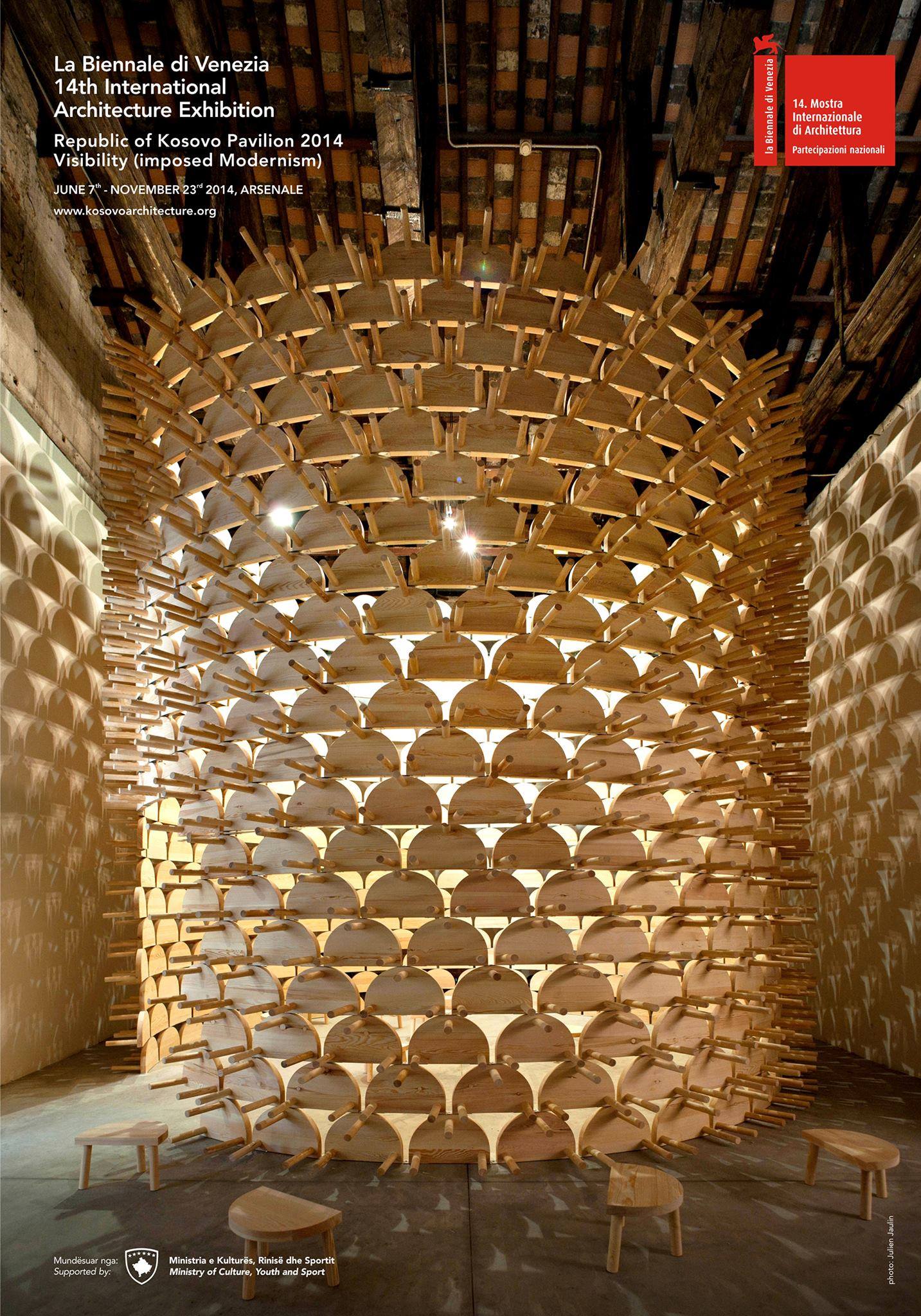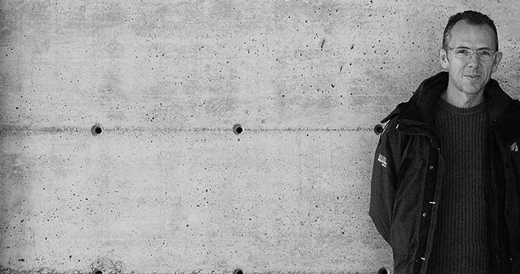
Kosova Pavilion at 14′ Venice Biennale
After a very characteristic exhibit on the 13’ Architecture Biennale in Venice, Kosova’s Pavilion was entitled as one of the most photographed pavilion among the national pavilions. Now returning for the second time to the 2014 Venice Architecture Biennale, local architect Gezim Pacarizi has been chosen to curate this year’s Pavilion.
Pacarizi responds to Rem Koolhas theme with the project “Visibility (Imposed Modernism)”, unveiling a circular tower built by traditional chairs, reflecting on the cultural qualities and socio-economic challenges of our country, specifically the old city of Prizren.
The full brief and more information by the author, after the break…
Kosovo can be a case study of erasure of the rich regional urban culture in the name of Modernity. In the beginning of the XX century, self-regulated democratic urban order has been replaces with government urban control, foreign to local customs and culture, producing 100 years of disorder.
Our exhibition is about the process of making visible what we have lost and what we are left with during this painful period. Under programs unknown to the indigenous people, the socialist government has destroyed neighborhoods to make way for new buildings, enlarges street and straightened the rivers. Organic cities, close to nature, built on a human scale and with natural materials, were transformed.
That’s why Kosovo has never absorbed modernity. Modernity has been a synonym of destruction and foreign aesthetics. Exhibition plays with the idea of visibility and erasure. First part will be a circular tower build by 720 “shkembi” traditional chairs. “Shkembi: in Albanian is a very old word meaning chair and rock at the same time. The traditional chair itself is the oldest part of furniture which have passed centuries almost unchanged until the present day. This tower, made of anonymous old chairs, will be a bridge between the present and the past.
Second part of the exhibition will be “postcard wall” 720 images printed in postcard size will show Kosovo and particularly Prizren, the most typical Kosovo city in two states, before modernity and after, showing slow but absolute erasure of regional identity.
“Visibility” aims to recognize the values hidden by the successive layers of changes.
Postcards will be in apparent disorder and constantly changing since the visitors can take them away. Each new layer of cards will reveal new images, old and new, presenting confusion and mixture of the Kosovo cities today. The old parts of the cities are disappearing every day and this exhibition is a cry to help preserve what is left.
- “Visibility” (Imposed Modernism)





